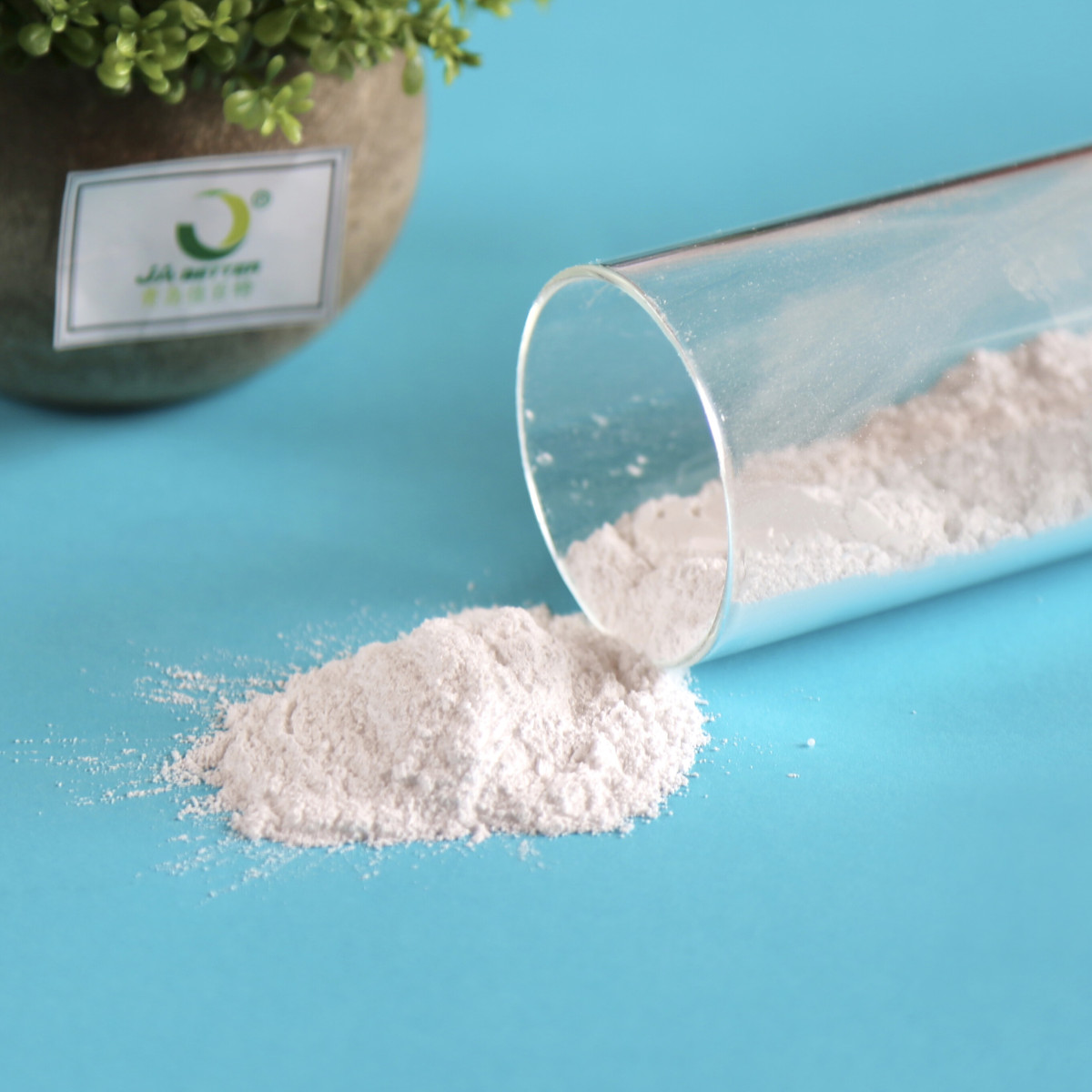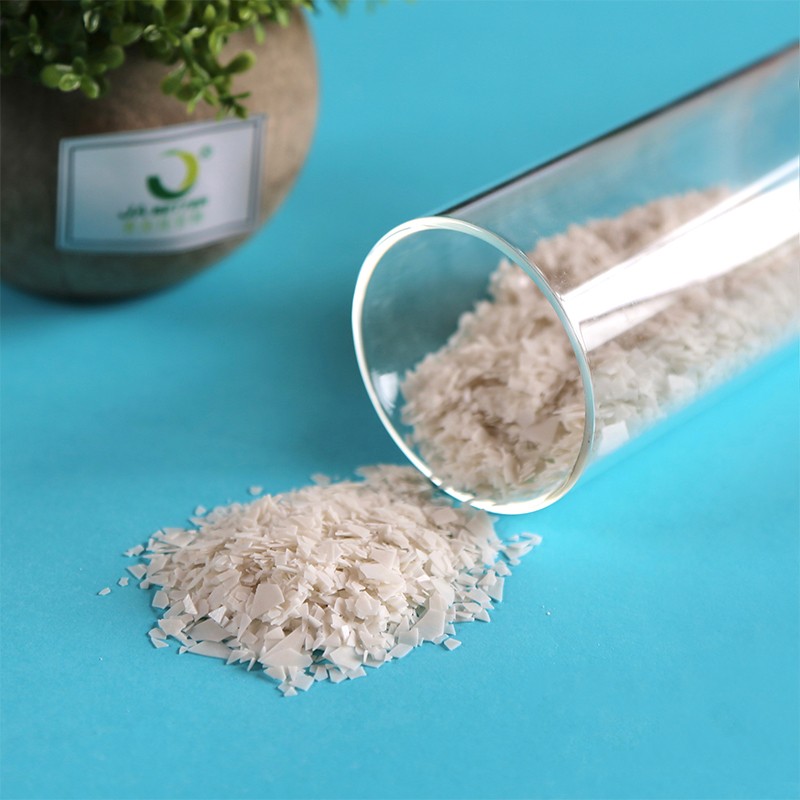Welcome to Qingdao Jabetter New Material Technology Co., Ltd. Official Website!
NEWS
Calcium-zinc stabilizers and lead salt stabilizers are two commonly used additives in the processing of plastics, especially in polyvinyl chloride (PVC) production. Both serve to enhance the thermal stability and aging resistance of plastics, but they differ significantly in their composition, mechanism of action, environmental impact, and application. Below is an analysis of the differences between calcium-zinc stabilizers and lead salt stabilizers.
1. Basic Composition and Structure
Calcium-Zinc StabilizersCalcium-zinc stabilizers are primarily composed of calcium salts and zinc salts. Common calcium salts include calcium chloride and calcium sulfate, while zinc salts include zinc oxide and zinc stearate. The stabilizing effect is achieved through the synergistic interaction between calcium and zinc compounds.
Lead Salt StabilizersLead salt stabilizers are mainly made of lead salts, such as lead chloride, lead acetate, and lead stearate. These stabilizers rely on the chemical properties of lead to neutralize hydrogen chloride (HCl) released during the thermal degradation of PVC, thereby preventing further degradation.
2. Mechanism of Action
Calcium-Zinc StabilizersCalcium-zinc stabilizers work by utilizing the dual action of calcium and zinc ions to improve thermal stability. Calcium ions react with hydrogen chloride to suppress its release, thereby reducing PVC degradation. Zinc ions can also form stable complexes with chlorine ions, further enhancing the stability. Additionally, calcium-zinc stabilizers may provide a slow-release mechanism that helps to delay oxidation, slowing down the aging process.
Lead Salt StabilizersLead salt stabilizers primarily work by releasing lead ions during the processing of PVC, which react with and neutralize hydrogen chloride released during thermal degradation. This prevents further decomposition of PVC. Lead salts also exhibit some UV resistance, contributing to the material's durability against light degradation.
3. Environmental and Safety Concerns
Calcium-Zinc StabilizersCalcium-zinc stabilizers are considered environmentally friendly, as they do not contain toxic heavy metals. They comply with modern environmental regulations and are commonly used in applications such as food packaging, medical products, and children's toys due to their non-toxic and harmless properties.
Lead Salt StabilizersLead salt stabilizers, on the other hand, are environmentally problematic because lead is a toxic heavy metal. The use of lead salts is highly restricted in many countries and regions due to concerns over lead poisoning. Lead salts can release lead compounds during processing, which can be harmful to both workers and the environment. As a result, the use of lead salt stabilizers is banned or heavily regulated, particularly in consumer products like food packaging and children's toys.
4. Thermal Stability and Processing Performance
Calcium-Zinc StabilizersCalcium-zinc stabilizers offer good thermal stability and are suitable for prolonged high-temperature processing. Compared to lead salt stabilizers, calcium-zinc stabilizers do not produce excessive gases during processing and do not leave harmful residues, making them ideal for products that require strict environmental standards. They also contribute to longer service life, reducing yellowing and aging in PVC products.
Lead Salt StabilizersLead salt stabilizers are known for their excellent thermal stability and can withstand high processing temperatures for extended periods. However, they tend to release toxic lead compounds during the manufacturing process, posing environmental and health risks. In some specific applications, such as building materials, lead salt stabilizers still offer excellent performance in terms of thermal stability and processing adaptability.
5. Applications
Calcium-Zinc StabilizersDue to their environmental benefits and excellent thermal stability, calcium-zinc stabilizers are becoming increasingly popular in various plastic processing applications. They are widely used in products that require high safety and environmental standards, such as food packaging, medical devices, children's toys, and construction materials.
Lead Salt StabilizersLead salt stabilizers were once the dominant stabilizers in the PVC industry, particularly in applications like pipes, cables, and flooring. However, as environmental regulations have tightened, the use of lead salt stabilizers has decreased significantly. Many industries have replaced them with more environmentally friendly alternatives like calcium-zinc stabilizers.
6. Cost Comparison
Calcium-Zinc StabilizersThe cost of calcium-zinc stabilizers tends to be higher due to the complexity of their formulation and production process. However, as environmental regulations become stricter and production technologies improve, the cost of calcium-zinc stabilizers has gradually decreased.
Lead Salt StabilizersLead salt stabilizers are generally more cost-effective, primarily because their raw materials are less expensive, and they have been in use for a longer period. However, due to environmental concerns, their use is declining, and they are gradually being replaced by more sustainable alternatives, which could lead to higher long-term costs in certain industries.
7. Summary
Calcium-zinc stabilizers and lead salt stabilizers each have their strengths and weaknesses. Calcium-zinc stabilizers offer significant advantages in terms of environmental safety, thermal stability, and aging resistance, making them ideal for products that require high safety and environmental standards. In contrast, lead salt stabilizers, while effective in providing thermal stability, pose significant environmental and health risks due to the toxic nature of lead.
As environmental regulations continue to tighten, calcium-zinc stabilizers are likely to become the preferred choice in the PVC industry, replacing lead salt stabilizers in most applications. The choice between these two stabilizers will depend on specific product requirements, cost considerations, and environmental compliance.


☁Web:http://www.jbtpvc.com/
☎WhatsApp:008618963029813
✉E-mail: info@Jabetter.com
#PVC_stabilizer#PVC_foaming_agent#PVC_processing_aid#WPC_additive#PVC_lubricant#Chemicals#Chemical_auxiliary_agent#PVC#PVC_additives
#PVC_stabilizer#PVC_foaming_agent#PVC_processing_aid#WPC_additive#PVC_lubricant#Chemicals#Chemical_auxiliary_agent#PVC#PVC_additives

